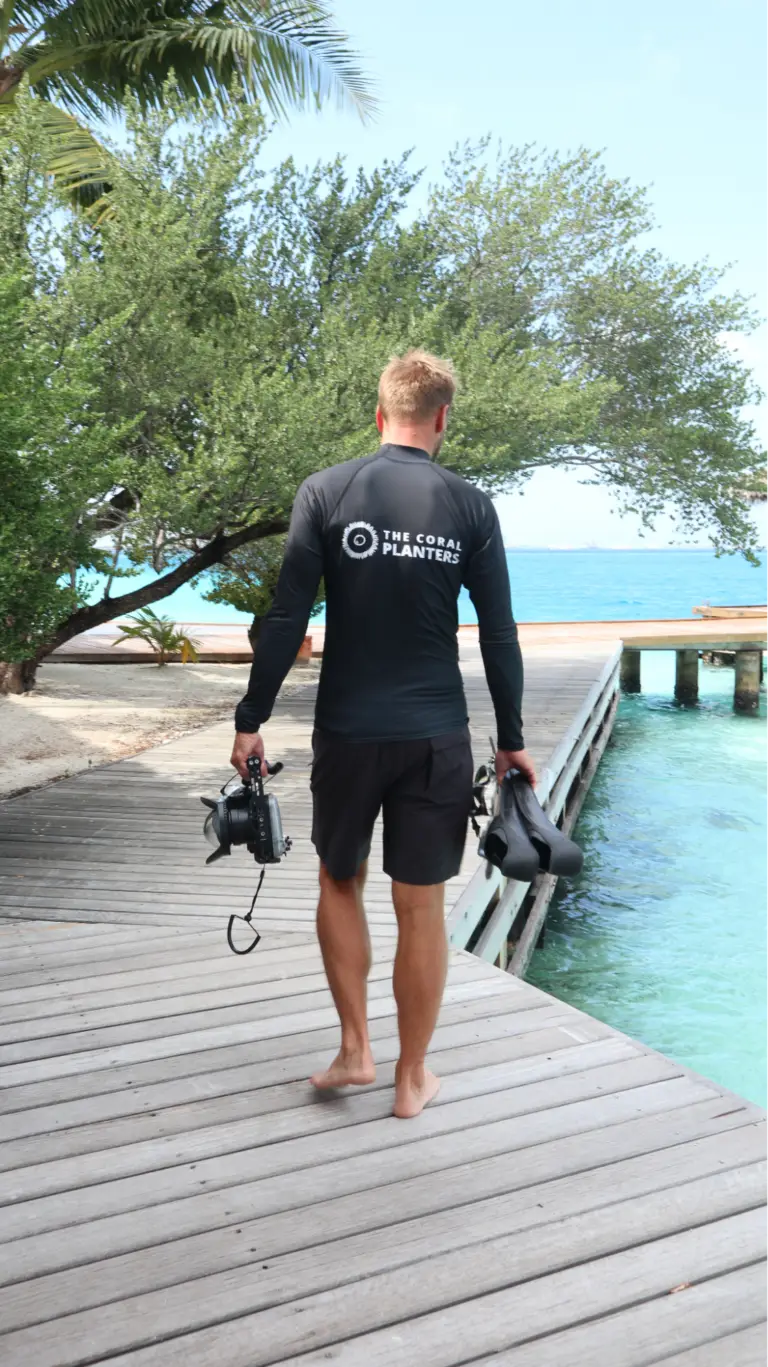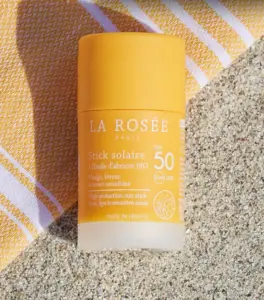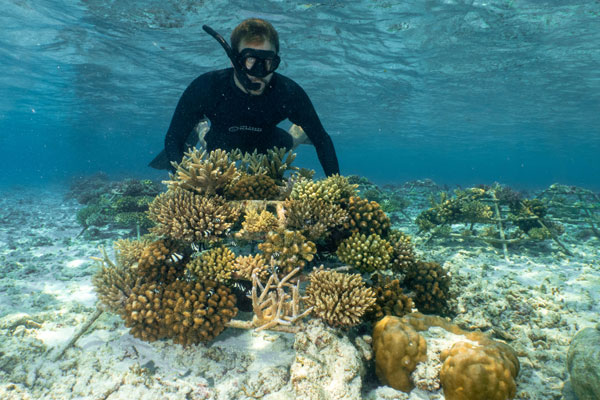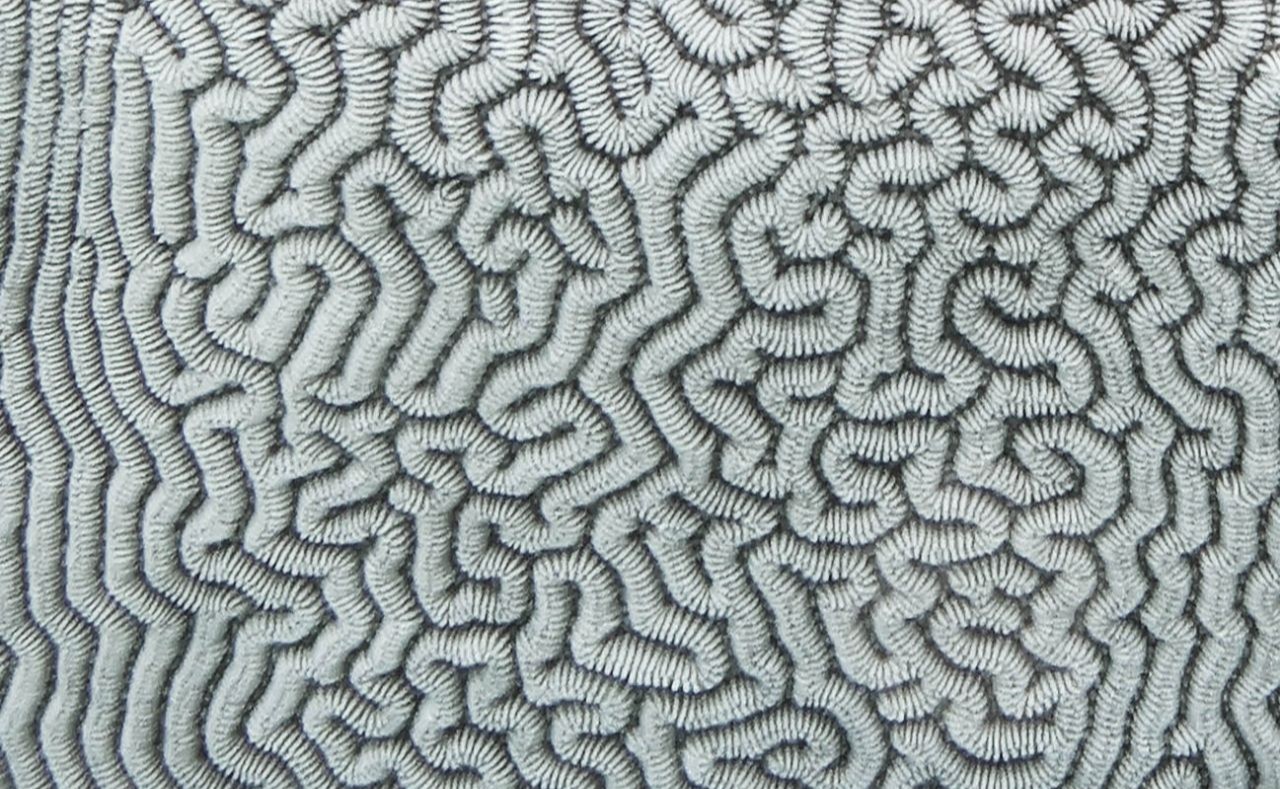How does sunscreen pollution spread?

When we apply sun cream and go swimming, chemical compounds such as oxybenzone are released into the water. Around 25% of sunscreen components dissolve after just 20 minutes of immersion, leading to absorption by corals. Every year, between 4,000 and 6,000 tonnes of sunscreen end up on coral reefs, while 15,000 to 25,000 tonnes end up in the seas and oceans.
Risks for the marine environment
The discharge of these chemical compounds into the oceans weakens marine ecosystems. The harmful chemicals in sunscreens cause environmental stress, which contributes to coral bleaching, a phenomenon that is devastating for 25% of marine life. Corals feed on plankton that may have absorbed chemicals such as oxybenzone and octinoxate. The corals then expel these symbiotic algae (zooxanthellae), which are able to protect them from the toxins produced by oxybenzone. The negative effect of this ultraviolet filter is to introduce toxins into the corals, causing damage to their DNA and increasing larval deformities, in other words affecting their cellular development. As a result, the food chain is disrupted and these toxic substances spread throughout the marine ecosystem, endangering many species.

What solutions are there to protect the oceans?
To minimise these risks, the use of ‘reef-safe’ sun creams is recommended. For example, the La Rosée range uses the latest generation of organic filters and natural ingredients. These formulas are biodegradable, water-resistant and have no significant impact on algae or coral. La Rosée supports the work of The Coral Planters to preserve coral.
In addition, it is advisable to wear protective clothing such as lycra to reduce the use of sun cream.
💡 Tip
- Apply sun cream 30 minutes before getting into the water to limit the risks to the marine ecosystem.
- Opt for an organic wax if you’re a surfer, as traditional wax also contributes to the decline of the marine environment.
Let’s protect our oceans by adopting more environmentally-friendly practices!


Sources
- National Geographic. “Les crèmes solaires sont nocives pour les océans, mais des alternatives existent.” National Geographic, 12 juillet 2019, https://www.nationalgeographic.fr/environnement/les-cremes-solaires-sont-nocives-pour-les-oceans-mais-des-alternatives-existent.
- La Rosée Cosmétiques. (n.d.). Tests solaires. Retrieved June 24, 2024, from La Rosée Cosmétiques.
- La Rosée Cosmétiques. (n.d.). Les solaires & océans. Retrieved June 24, 2024, from La Rosée Cosmétiques.
- Futura Sciences. “La crème solaire fait périr les coraux : comment y remédier ?” Futura Sciences, 8 juin 2021, https://www.futura-sciences.com/planete/actualites/recifs-coralliens-creme-solaire-fait-perir-coraux-y-remedier-98381/.




